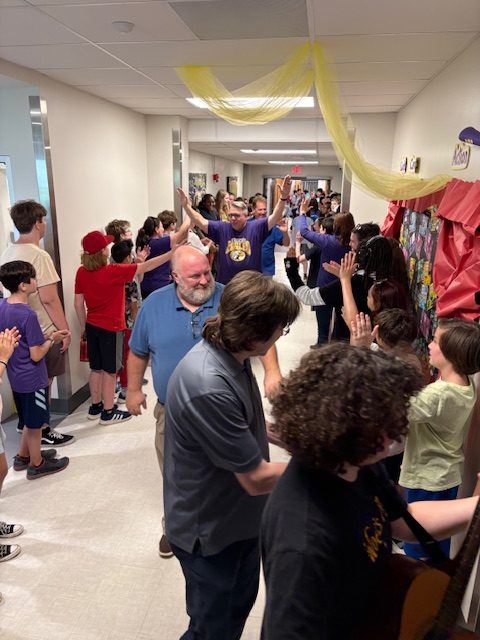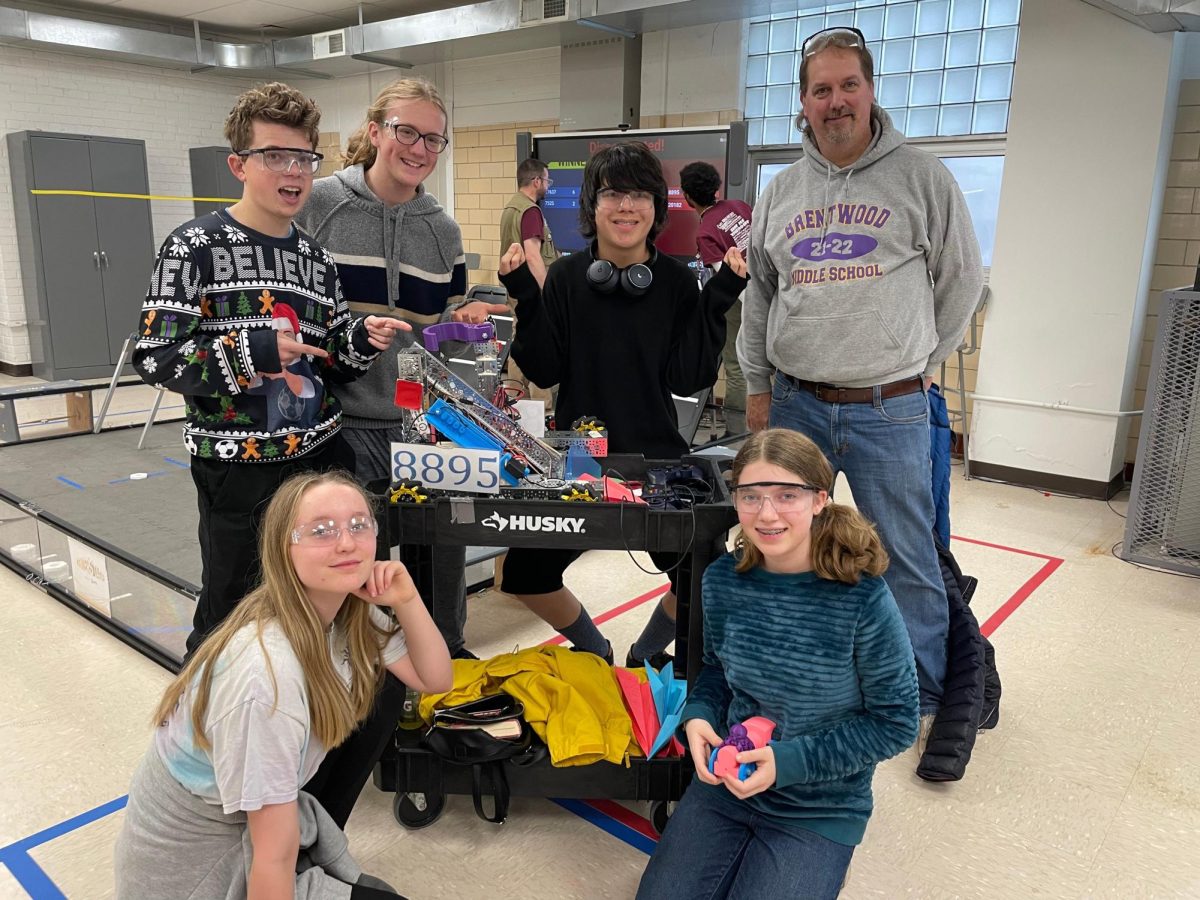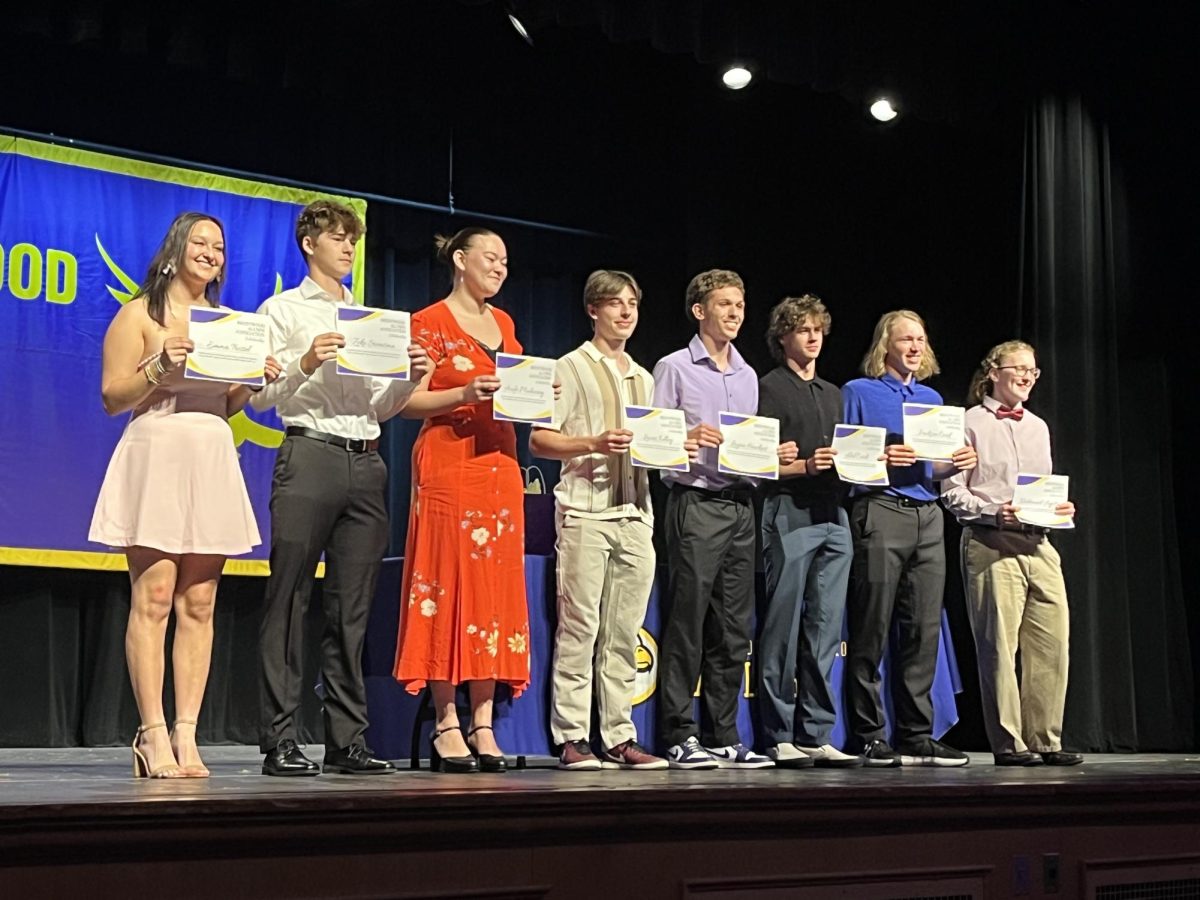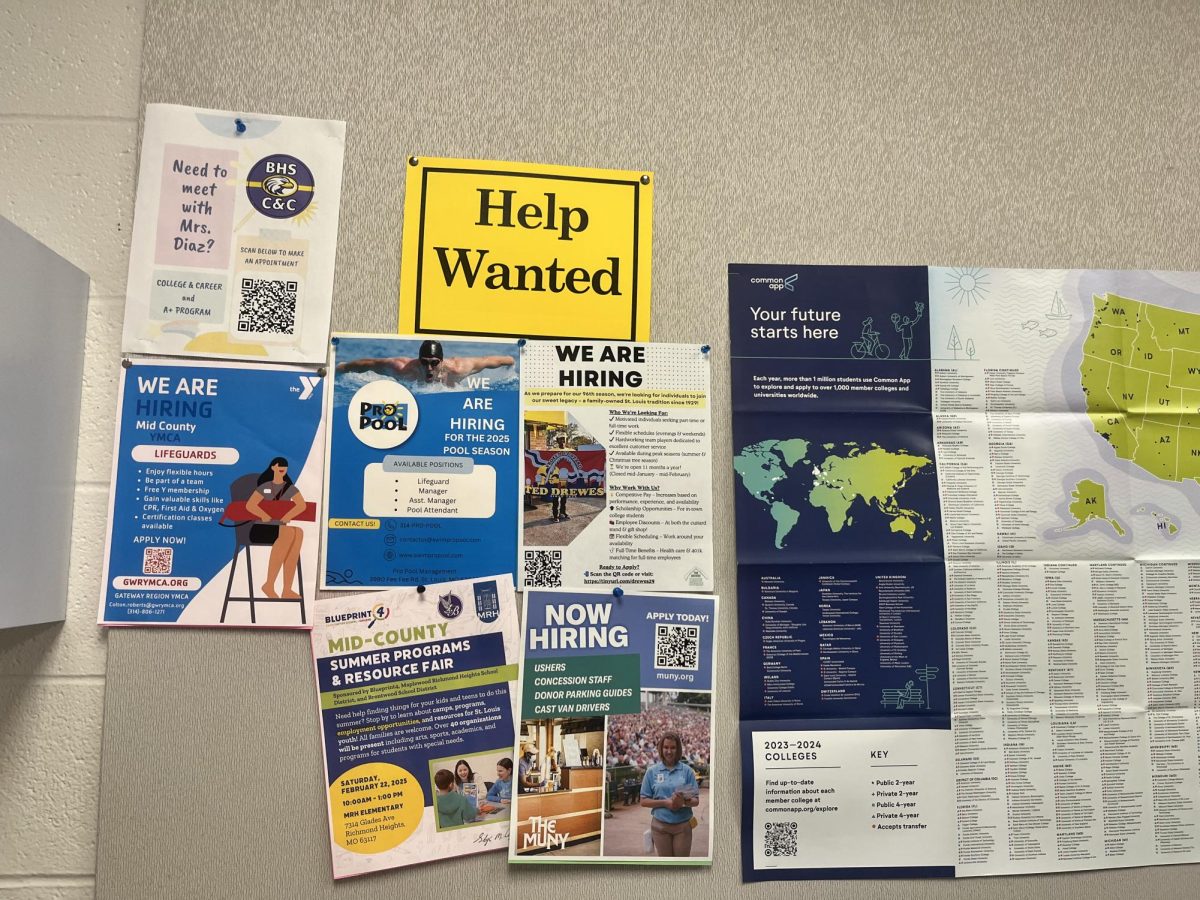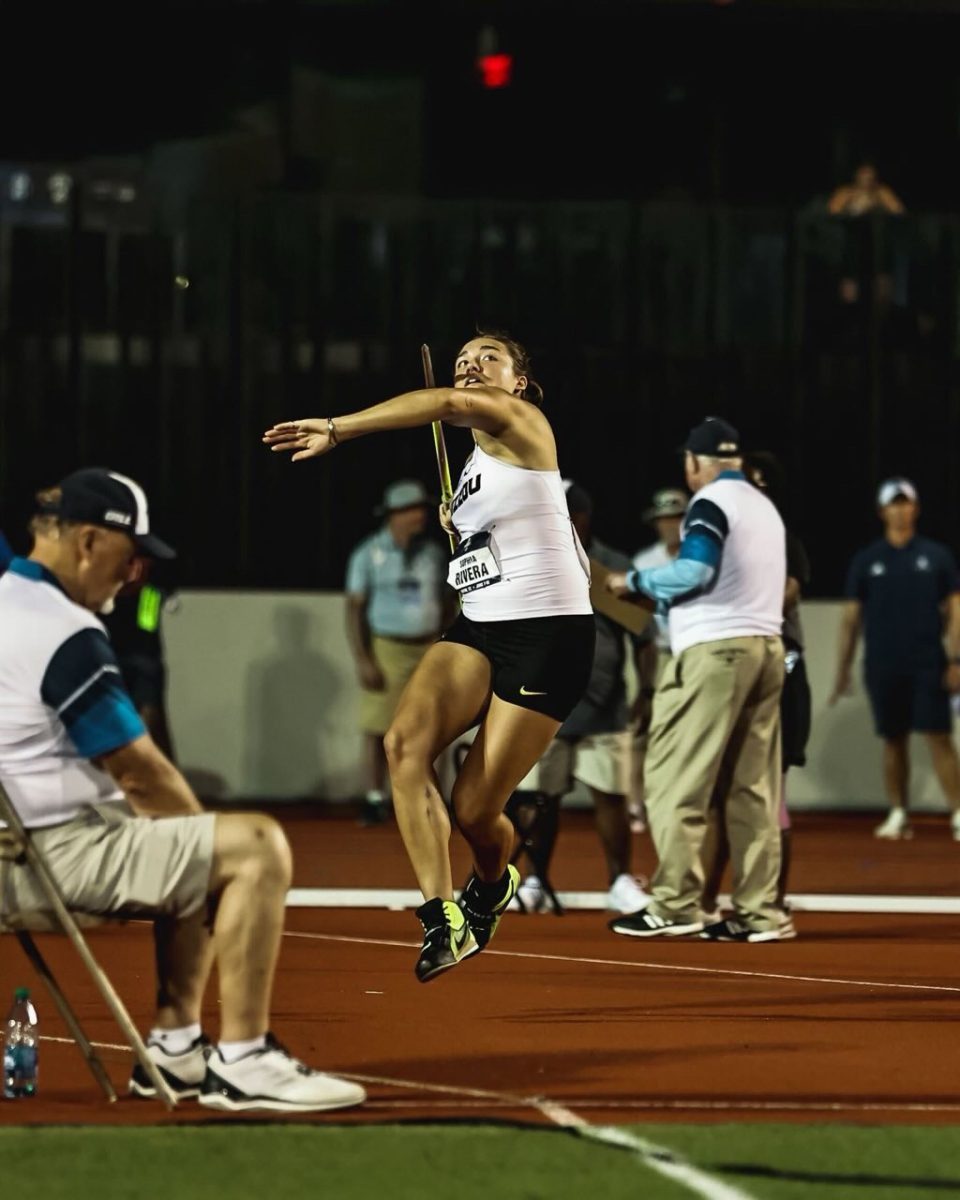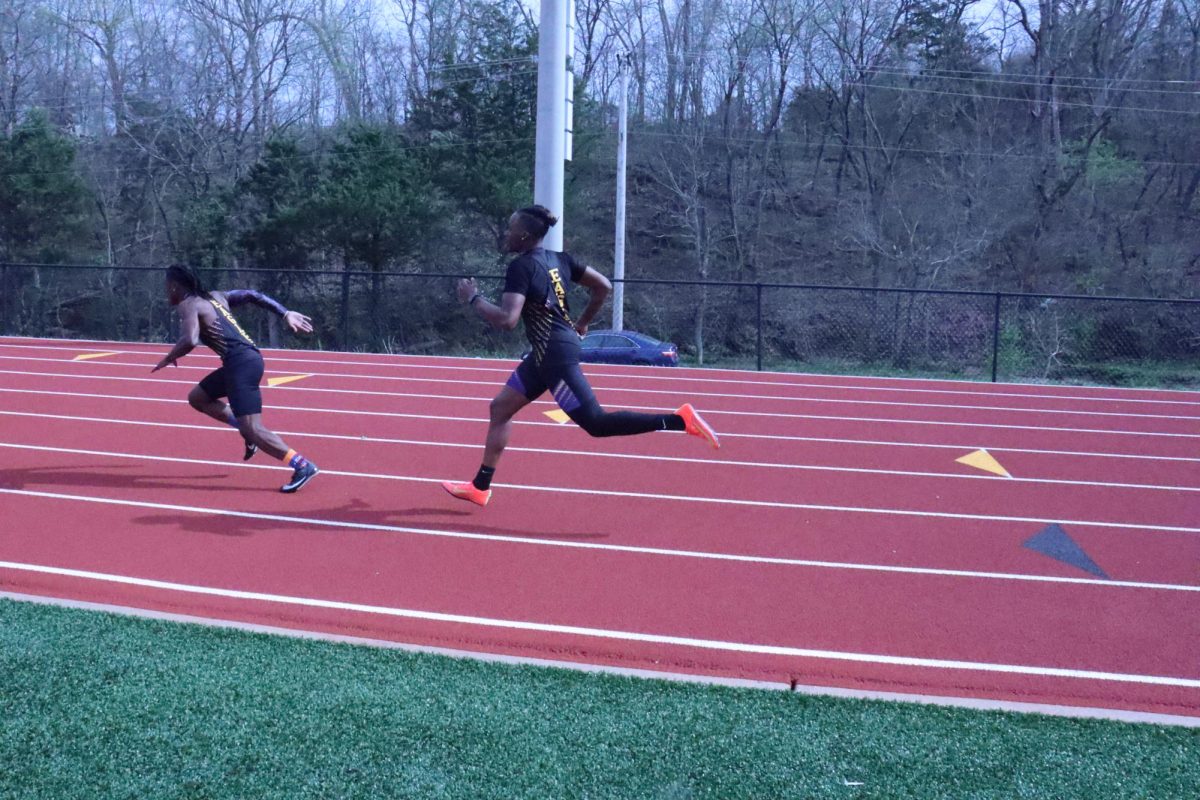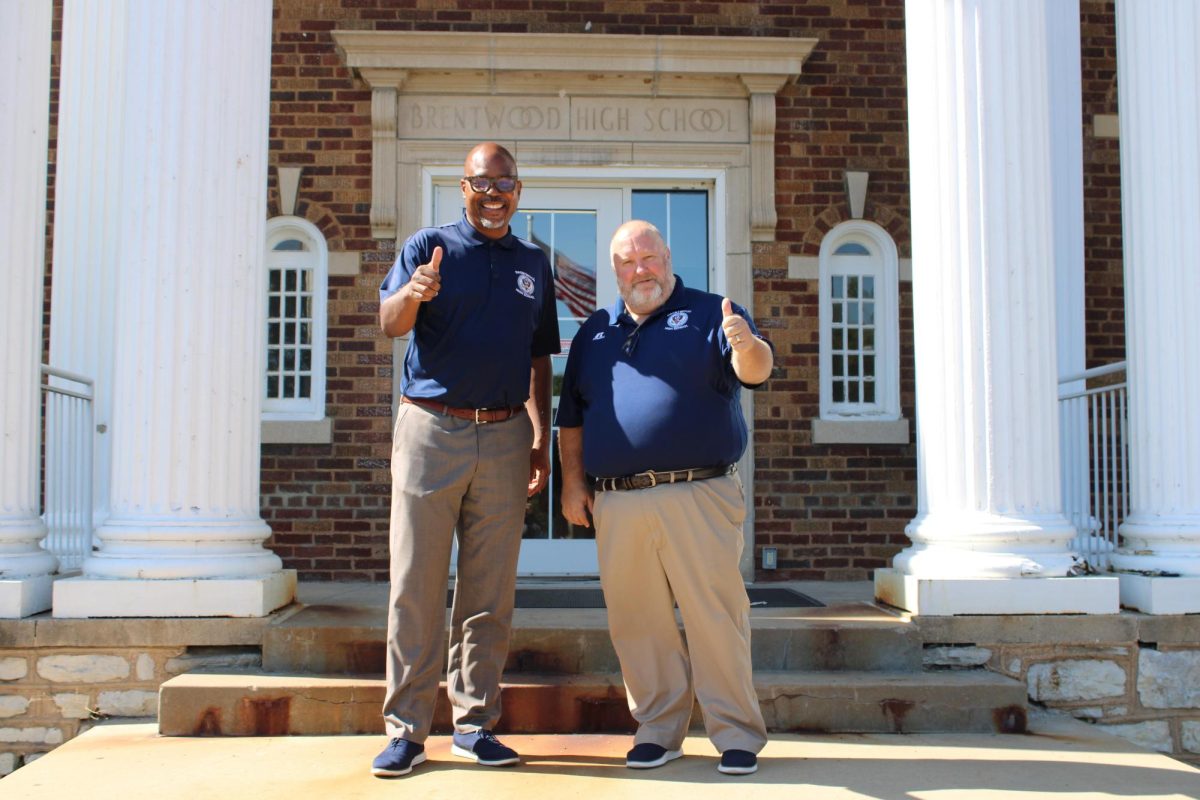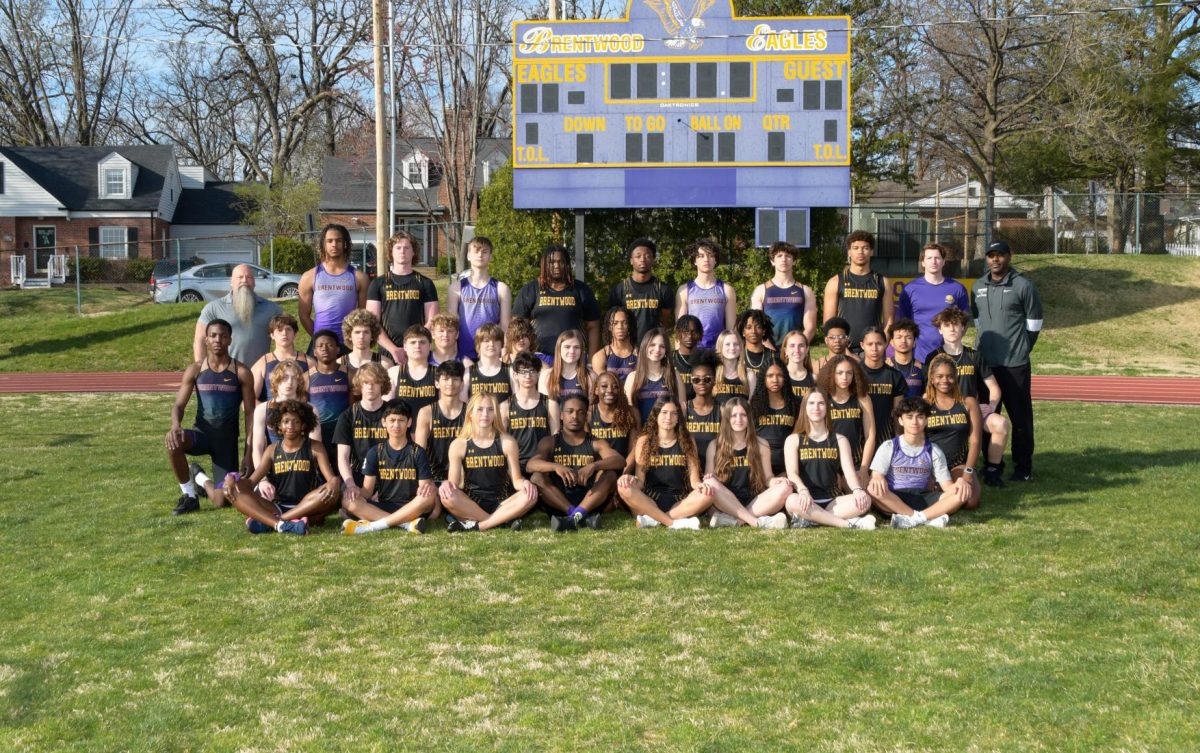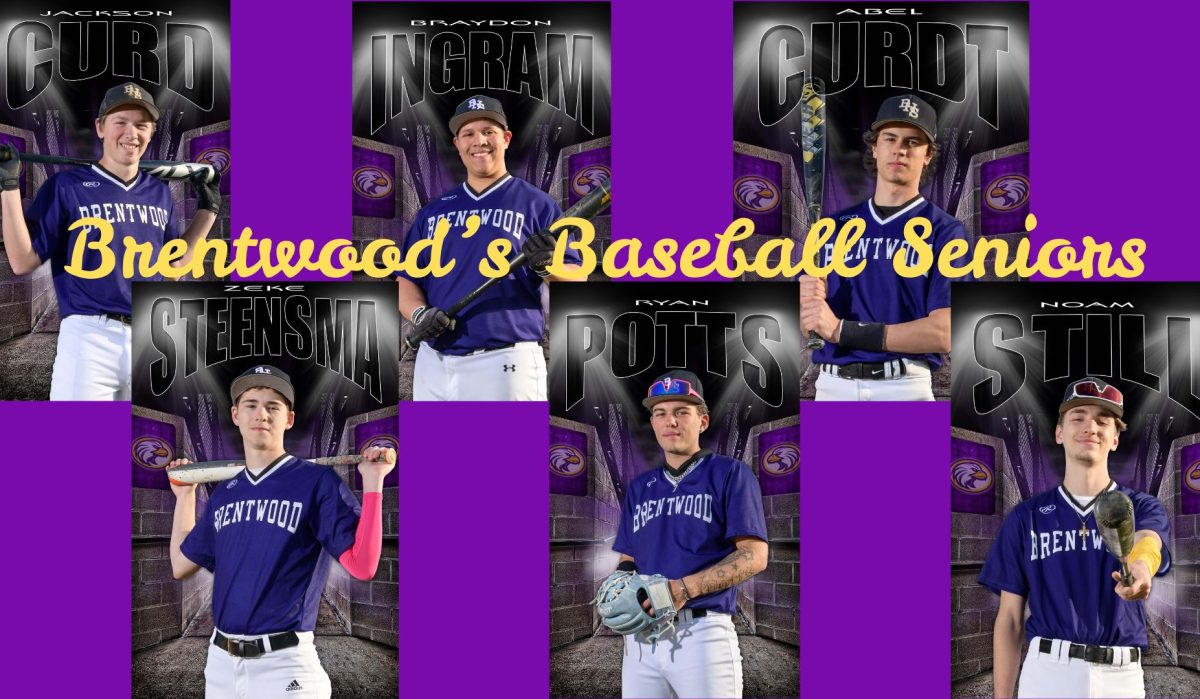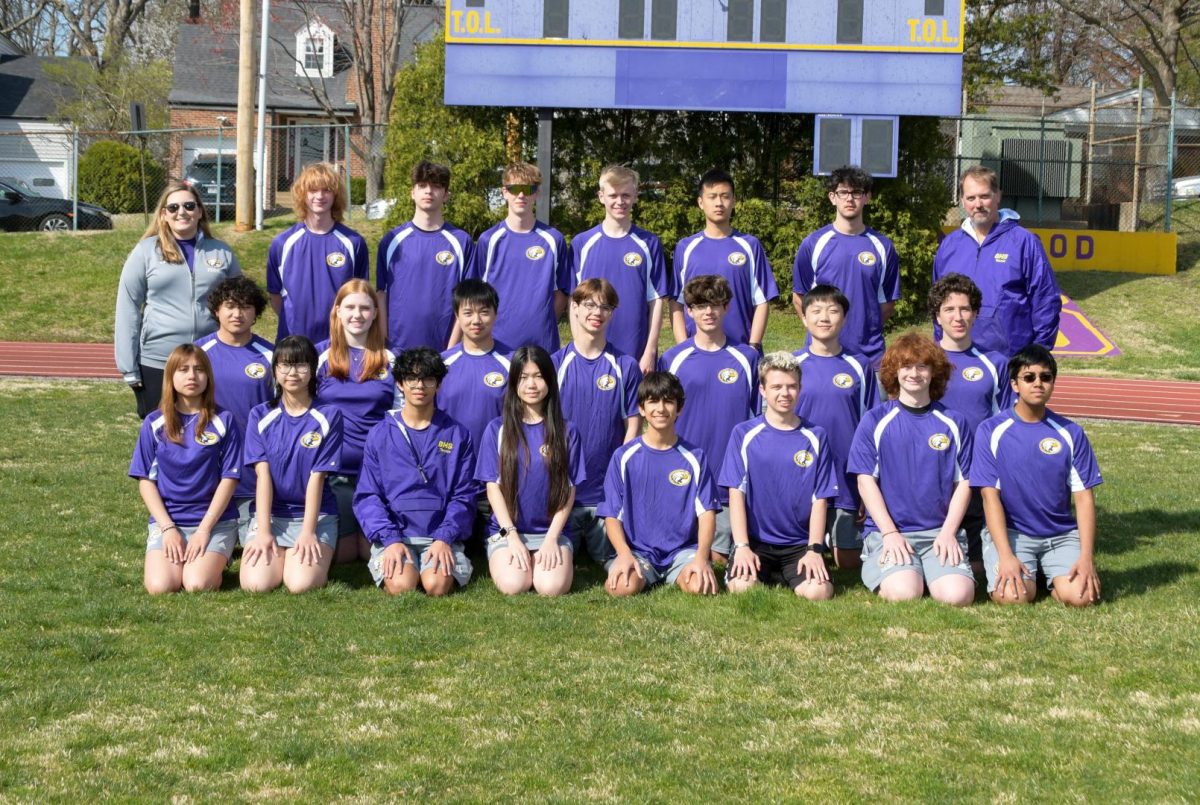Brentwood’s robotics season has just started up with the game being announced on September 18th, and It looks like this year is going to be crazy.
As far as the makeup of the robotics club, not much has changed from last year, they still have 3 teams, 2 boys and 1 girls, and newly retired Mr. Nikodym is even returning to coach. The robotics room is still under construction but the science hallway flex room is being put to good use by the teams. They don’t plan on competing in any competitions till January so they can get their robots in good shape to score high.
For those who have no idea what robotics entails, each year a game is selected by an organization called FIRST which seeks to “inspire young people to be science and technology leaders and innovators.” High school teams then spend the season building, testing and competing with their robot in the said game. “The game,” this year, is called Freight Frenzy.
The theme of this year’s game is transportation. The main goal is to move game pieces, in the form of three different types of “freight”-boxes, balls, and ducks-to shipping hubs on the field. Of course, if that was it the game would be too easy, so there are also obstacles to deal with on the field in the form of tubes that are difficult to navigate over.
Each match is split into three sections-a 30 second autonomous period, a 90 second driver control period, and a final 30 second end game period Matches consist of four robots from four teams that are partnered together into two alliances of two robots. Each team needs to work with their partner to get as many points as possible and beat the other alliance. The ways to score points change in each section, and some are worth more than others.
During the autonomous period, each team has to operate their robot using code rather than driver input. Teams can score extra points by completing challenges such as having their robot detect pieces of freight.
After the autonomous section, teams have their two drivers, assisted by their coach, control the robot and collect as much freight as they can.
After the driver controlled section is the endgame, the last 30 seconds of the match where the drivers are still in control but the ways to score change. This is when teams will want to make sure their shipping hub is balanced or the shared hub is tipping to their side. For those brave enough they can try to put one of their custom made team scoring elements on top of their alliance shipping hub to cap it.
It seems like it’s going to be a really fun game with many different challenges to overcome. As always the team hopes to make it far this season with the goal of making it to state seeming very plausible.




